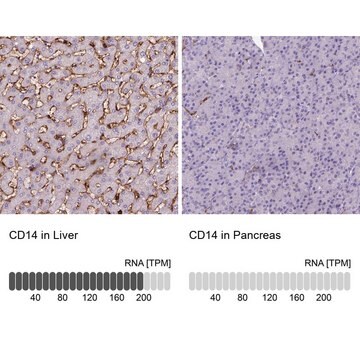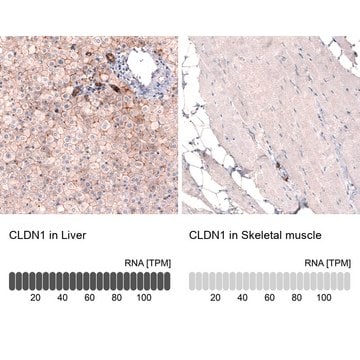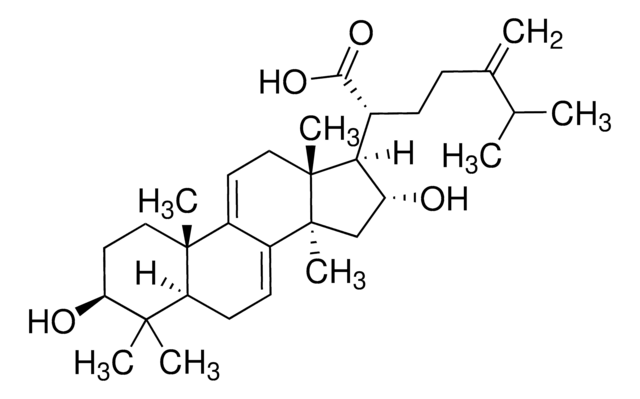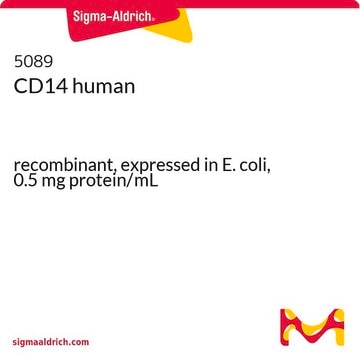MABT337
Anti-TKS5 Antibody, clone 9H2.1
clone 9H2.1, from mouse
Synonym(s):
Adapter protein TKS5, Five SH3 domain-containing protein, SH3 multiple domains protein 1, Tyrosine kinase substrate with five SH3 domains, SH3 and PX domain-containing protein 2A
About This Item
Recommended Products
biological source
mouse
Quality Level
antibody form
purified immunoglobulin
antibody product type
primary antibodies
clone
9H2.1, monoclonal
species reactivity
human
packaging
antibody small pack of 25 μg
technique(s)
western blot: suitable
isotype
IgG1κ
NCBI accession no.
UniProt accession no.
shipped in
ambient
target post-translational modification
unmodified
Gene Information
human ... SH3PXD2A(9644)
General description
Specificity
Immunogen
Application
Cell Structure
Quality
Western Blotting Analysis: 0.5 µg/mL of this antibody detected TKS5 in 10 µg of SCC61, SK-MEL28, and T47D cell lysates.
Target description
Physical form
Storage and Stability
Other Notes
Disclaimer
Not finding the right product?
Try our Product Selector Tool.
Storage Class Code
12 - Non Combustible Liquids
WGK
WGK 1
Certificates of Analysis (COA)
Search for Certificates of Analysis (COA) by entering the products Lot/Batch Number. Lot and Batch Numbers can be found on a product’s label following the words ‘Lot’ or ‘Batch’.
Already Own This Product?
Find documentation for the products that you have recently purchased in the Document Library.
Our team of scientists has experience in all areas of research including Life Science, Material Science, Chemical Synthesis, Chromatography, Analytical and many others.
Contact Technical Service








